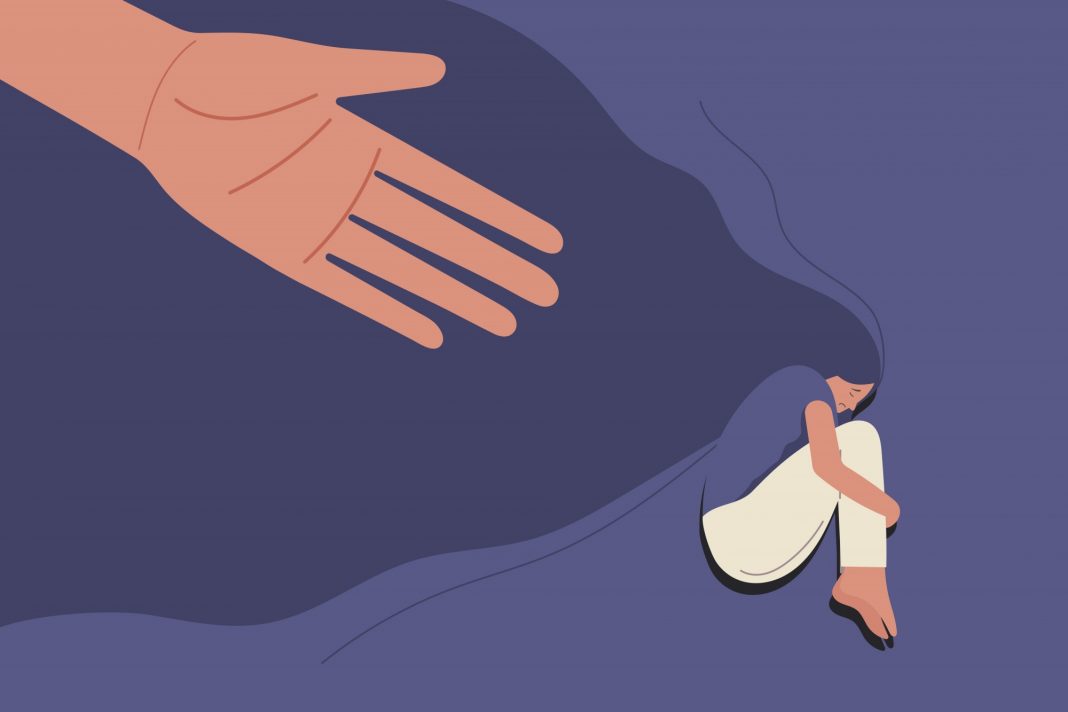As the new year gets underway with many returning to work and regular routines in the coming weeks there may be a sense of apprehension about the return to the busyness, schedules and responsibilities of everyday life that left many feeling exhausted at the end of 2022.
While it’s normal to feel tired after a busy period when does fatigue tip into burnout? And how can we prevent burning out in 2023?
Aussie mental health experts have been studying the phenomenon of burnout closely and have released the first complete self-help guide to burnout – Burnout: A Guide to Identifying Burnout and Pathways to Recovery.
The self-help guide includes data that suggests people who tend to be perfectionists are more likely to veer into burnout due to their own ‘unrelenting standards’, and offers a guide for navigating your way out of burnout.
It includes tools readers can use to work out for themselves whether they have burnout and generate a plan for recovery based on their personal situation.
What is burnout?
For some people, the cumulative effect of prolonged periods of stress can result in burnout.
Unlike normal tiredness, experts suggest burnout symptoms include constant exhaustion, emotional numbness and confusion at home or in the workplace.
Some conventional tools used to diagnose burnout focus on work-related stress, however mental health expert and lead author Professor Gordon Parker suggests that the impact is much more extensive.
“Most people consider burnout to be extreme tiredness, but in our studies, we have found that the symptoms are much more wide-ranging,” Professor Parker said.
“People struggling with burnout also suffer from cognitive dysfunction, sometimes known as ‘brain fog’ and disconnection from their friends and family, as well as the more typically-recognised reduced performance in work and tasks around the home.”
Burnout becoming increasingly prevalent
Burnout is widespread among high achievers in the workplace but is becoming increasingly more prevalent in personal lives.
“Most people think that burnout is a work problem. Actually, we found that stress experienced at work or at home can set the wheels of burnout in motion,” Professor Parker said.
“Our analyses indicated that burnout may also develop as a result of predisposing personality traits, especially perfectionism.
“People with perfectionistic traits are usually excellent workers, as they’re extremely reliable and conscientious.
“However, they’re also prone to burnout as they set unrealistic and unrelenting standards for their own performance, which are ultimately impossible to live up to.”
Navigating out of burnout
Professor Parker is the founder of the Black Dog Institute, which conducts research into mood disorders and works to remove the social stigmas around mental illness.
During his extensive research on burnout, and with decades of clinical work under his belt, he has determined how to best identify and manage it.
This research is outlined in a recently published book: Burnout: A Guide to Identifying Burnout and Pathways to Recovery.
The book offers a guide for navigating burnout, including identifying sources and coping strategies to minimise the impact of stress.
It contains new evidence-based tools for readers to work out for themselves whether they have burnout and generate a plan for recovery based on their personal situation.
Chapters help readers recognise their own burnout patterns and provide approaches to help them regain their passions and build their resilience.
Further information
Burnout: A Guide to Identifying Burnout and Pathways to Recovery
By Gordon Parker, Gabriela Tavella, Kerrie Eyers
Published December 30, 2022
252 Pages
Paperback: 9781032358963 | $24.95.
Hardback: 9781032367729 | $160.00.
eBook: 9781003333722| $24.95.






